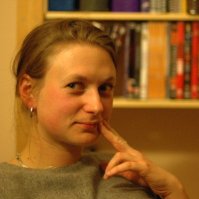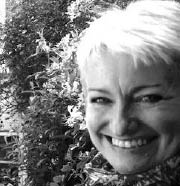As their time as AMA Audience Diversity Academy fellows draws to a close, Kate Carreno, Assistant Director Central Services, and Miranda Stearn, Head of Learning at the Fitzwilliam Museum, reflect on their experience.
As we approach the official end of the ADA Fellowship, we’ve been thinking about what the impact of our involvement has been, for our organisation and for our visitors. We came into the process with a relatively clear understanding of our goals: to use the initiative to think creatively about approaches to attracting a wider range of families to our museum, to test those approaches, and to benefit from the support of mentors and peers in that process. We were interested in the agile approach and how it might work in our context.
To varying degrees, we have made progress in all these areas. We have benefited from our action learning sets, particularly because they have offered opportunities to talk to people who are looking at similar challenges often focussing on the same audience segments – several others were also thinking about Facebook Families – but from the point of view of other art forms, which might have different approaches to engagement. It has been inspiring to have input from our mentor, Monica Montgomery from Museum Hue, who has been able to provide a perspective from outside the bubble of the UK sector.
There have also been less expected outcomes, particularly through access to the AMA’s wider training programme. I was brought up, so to speak, in museum and gallery education, and I will always enjoy putting the world to rights with my professional ‘tribe’. But throughout my career, I’ve found some of the most productive conversations happen when I am outside this comfort zone addressing challenges with those who have similar goals but different starting points, be they curators or marketing specialists. This has been the case in this process. For example, I have enjoyed being part of discussions around intersectionality framed from a marketing perspective which have simultaneously equipped me to articulate why I want to see more visible diversity in our marketing imagery, while helping me to influence our audience development approach as a whole.
I’ve found it really helpful to get to grips with, and experiment with, an agile approach to testing ideas. I hoped it would be a helpful way of thinking that we could bring into the museum, but I also knew that ‘agile’ was not necessarily a word people would associate with our organisation and, ironically but realistically, getting the organisation feeling comfortable with an agile approach would take time. As a result, we have carried out some experiments, but most are still in the pipeline. I am OK with this because I think the experiments are likely to be most authentic and most effective if they fit logically into our on-going strategic engagement work.
Beyond these outcomes, the ADA has delivered something that might sound superficial but is really important, and that is helping us make a commitment to set aside time, with sector peers, but also within our organisation, to address in a structured way what we could do differently to make a change in relation to audience diversity. Working together as Joint Fellows has been inspiring (I’ve learnt a lot – almost a form of stealth mentoring) and also empowering, thinking about how the experiments and approaches we adopt can work across departmental silos. Having senior management involvement has also reinforced the importance placed on this work by the organisation as a whole. We may struggle with being fast moving in a truly agile approach, but involvement in the ADA has set us up well for the future in a variety of ways, and I am looking forward to testing out the next phase of our experiments.








